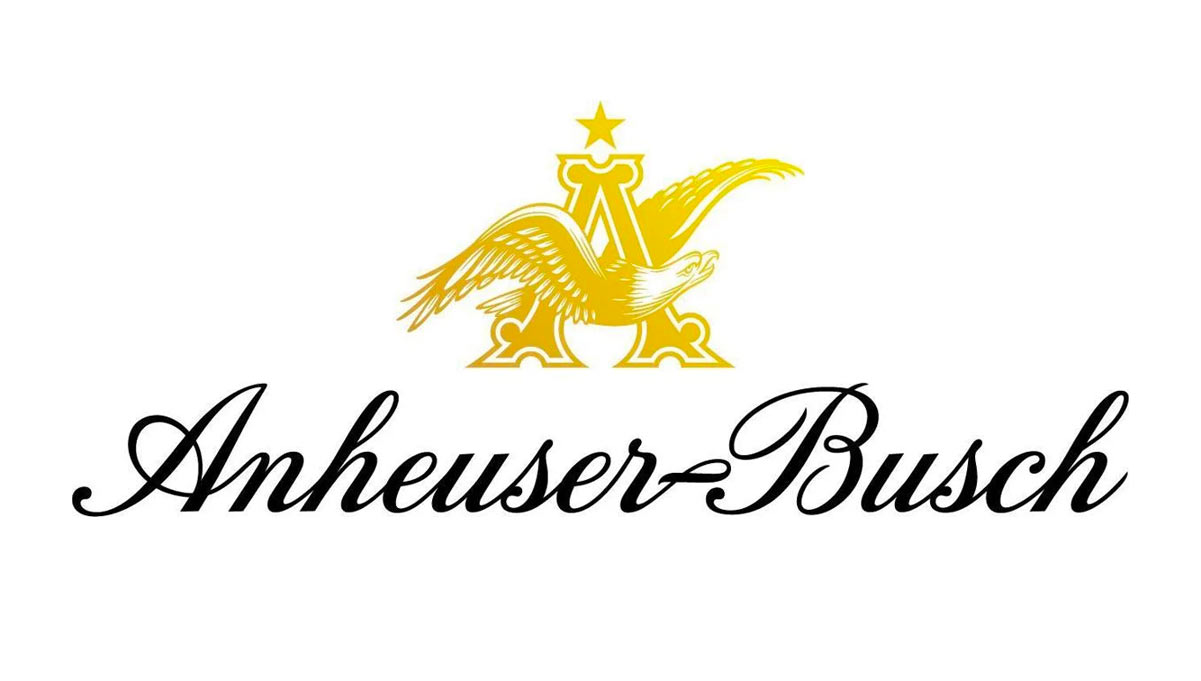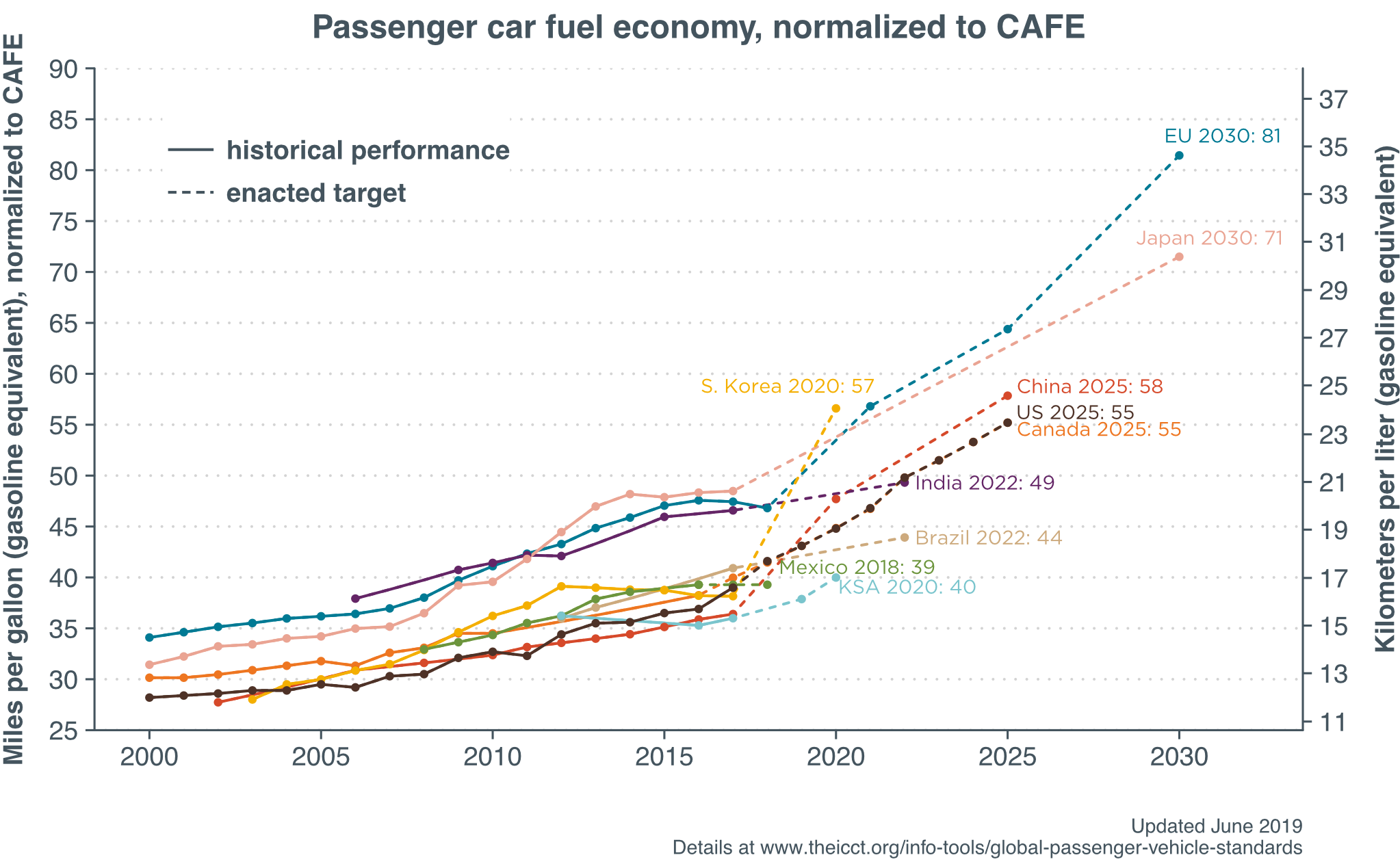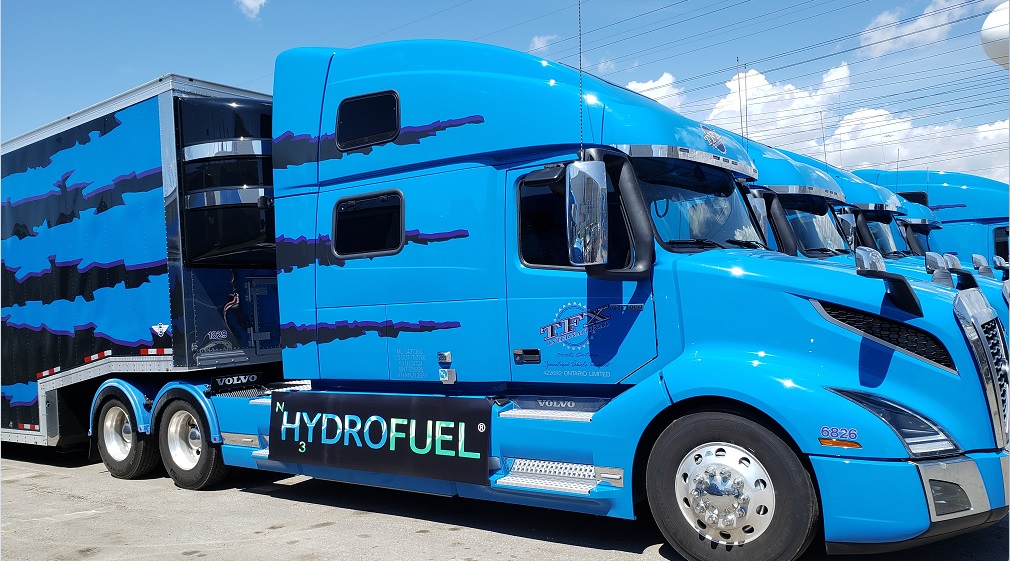North America
The Case for Giving Direct Ammonia Fuels Cells a Shot
The Center for Catalytic Science and Technology (CCST) at the University of Delaware has made new strides in the development of a direct ammonia fuel cell (DAFC) suitable for use in transportation applications. The progress is reported in “An Efficient Direct Ammonia Fuel Cell for Affordable Carbon-Neutral Transportation,” a paper published last month by Yun Zhao and six coauthors in the journal Joule. The paper gives an impressive account of CCST’s technical advances; and it makes a distinctly compelling case for the relevance of CCST’s work on DAFCs. In the latter regard, the authors find that ammonia has the “lowest source-to-tank energy cost by a significant margin” relative to other fuels that can be derived from renewably generated electricity. It is in society’s interest, they strongly imply, to give DAFC technology a chance to compete with hydrogen-based fuel cells in automotive applications.
Japan, U.S., E.U. Agree to Cooperate on Hydrogen
On June 18, Japan, the United States, and the European Union released a joint statement on “future cooperation in hydrogen and fuel cell technologies.” Represented, respectively, by the Ministry of Energy, Trade, and Industry (METI), the Department of Energy (DoE), and the Directorate-General for Energy (ENER), the jurisdictions pledged “to accelerate the development of sustainable hydrogen and fuel cell technologies in the world.” A central point of agreement in the statement is “the importance of reducing the cost of hydrogen.”
Fuel Economy Standards, and the Roles of Ammonia
In the news this week, California and four automakers (BMW, Ford, Honda and VW) signed an agreement on fuel economy standards, rising 3.7% per year to about 50 MPG in 2026. This agreement, as well as previous California and Federal standards, give automakers flexibility to meet the standards with incentives and credits for new technology such as electric, hybrid, and alternative fuel vehicles.
University of Minnesota demonstrates efficient ammonia dual-fuel engine system
This month, researchers at the University of Minnesota began successful field tests of their new ammonia engine, operating a heavy-duty tractor across farmland near Morris, MN, on a dual-fuel blend of 70% diesel and 30% ammonia.
Heavy-duty diesel trucks to be converted to use ammonia fuel in Canada
This week, Hydrofuel Inc announced a commercial demonstration project to convert diesel gensets and transport trucks to run on ammonia fuel, with the conversion work and dual-fuel operations scheduled for a three year period. The CAD $2 million (USD $1.5 million) project will take place at TFX International, in Toronto, and involves the conversion of four existing diesel-fueled assets: two stationary power generators and two transport trucks. These will be converted using Hydrofuel's "aftermarket multi-fuels engine retrofit systems," and they will thereafter be able to operate on a dual fuel basis.








